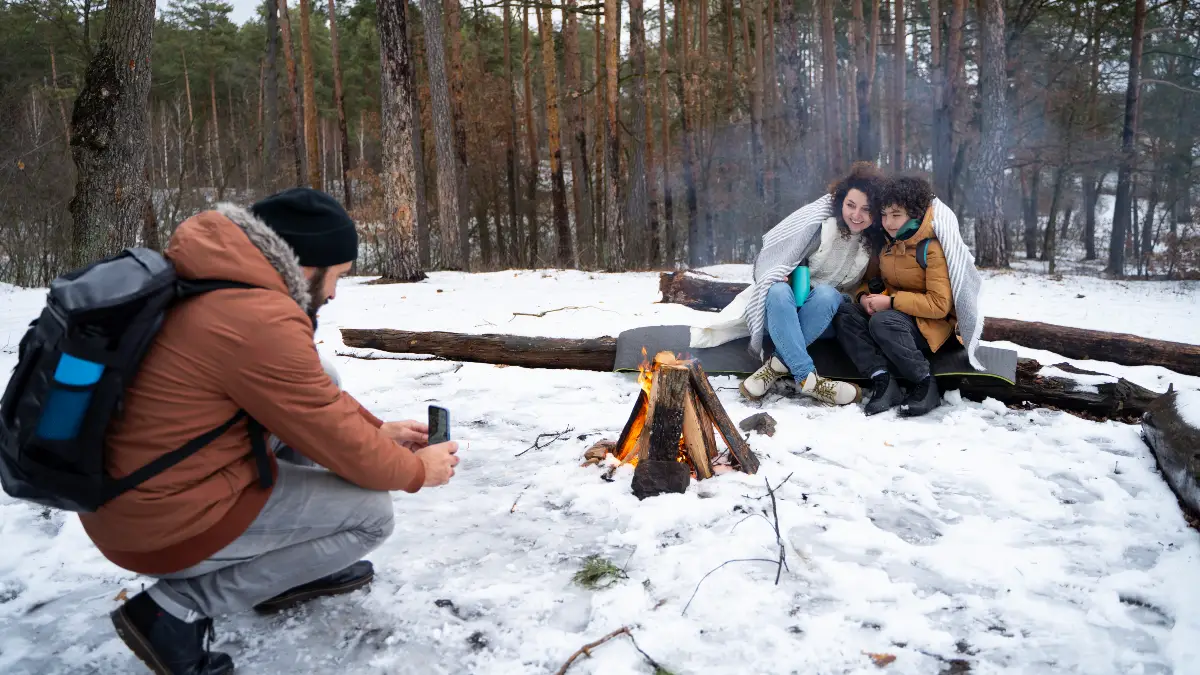That freezing night in your “0-degree” sleeping bag taught you something: winter camping advice is full of lies. Maybe you drank whiskey to warm up and woke up hypothermic. Or rubbed frostbitten fingers and made them worse.
You’re not alone. These myths fool experienced campers every year. Some create miserable nights. Others send people to hospitals. The worst part? You probably learned them from someone you trusted.
Science proves most winter camping “wisdom” is dead wrong. Temperature ratings lie by 20 degrees. Your head doesn’t lose extra heat. That canister stove works fine below freezing.
1. The Deadly Head Heat Loss Myth That Won’t Die
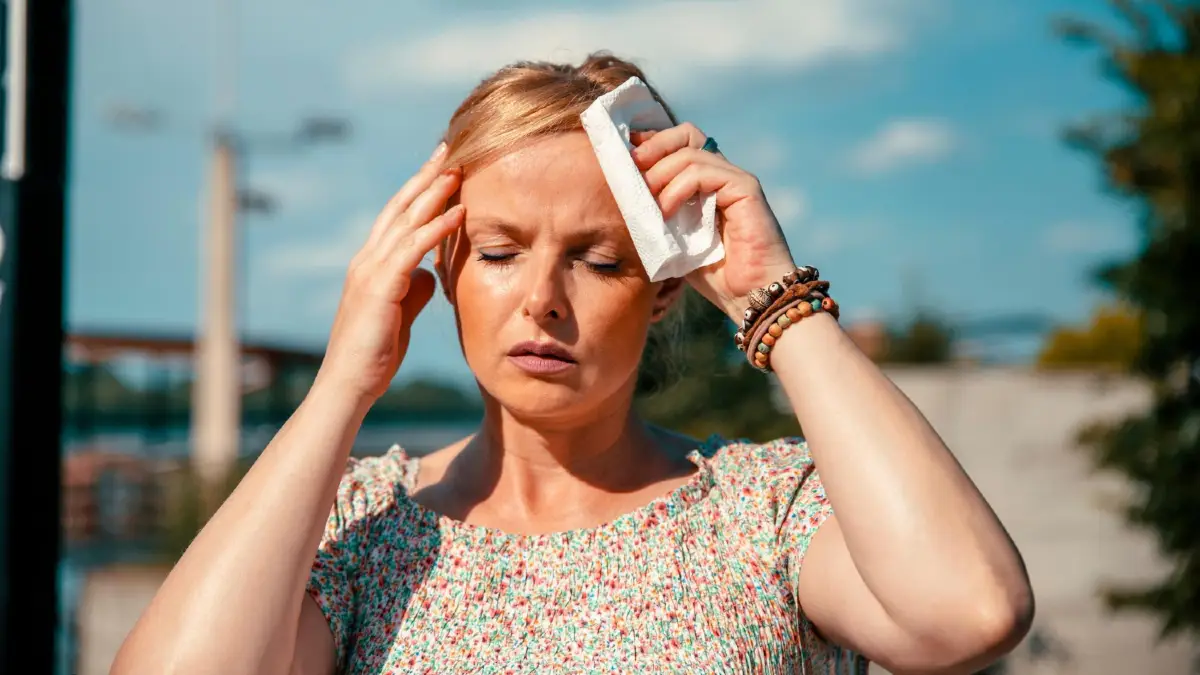
You’ve heard it a million times. “Put on a hat! You lose 85% of your body heat through your head!” Your mom said it. Your scout leader said it. Even survival shows repeat it.
It’s completely wrong.
Your head only accounts for 10% of your body’s surface area. And guess what? You lose exactly 10% of your heat through it. Not 85%. Not 50%. Just 10% – the same as any other exposed body part of the same size.
This myth started with a misread U.S. Army manual from the 1970s. Soldiers in Arctic gear had their heads exposed during testing. They lost heat from their heads because that was the only uncovered part. Someone took this to mean heads lose more heat than other body parts. The myth spread like wildfire.
Dr. Rachel Vreeman from Indiana University School of Medicine finally killed this myth with solid research. She proved that any uncovered body part loses heat at the same rate per square inch. Your head isn’t special. The National Forest Foundation backs this up with their own winter safety data.
So why does this myth refuse to die? Your head feels colder faster because your face and scalp have more temperature sensors than your back or legs. You notice head cold immediately. But that doesn’t mean you’re losing more heat there.
What this means for your gear: Don’t blow your budget on fancy hats while wearing thin gloves. Cover all exposed skin equally. A good hat matters, but so do proper gloves, neck protection, and base layers. One exposed area can cool you down just as fast as another.
The real danger? People focus on head coverage while ignoring other exposed areas. They get hypothermia with a perfect hat but wet feet or thin gloves. Balance your gear. Your whole body needs protection, not just your head.
2. Why That “Whiskey Warmth” Could Kill You in Winter
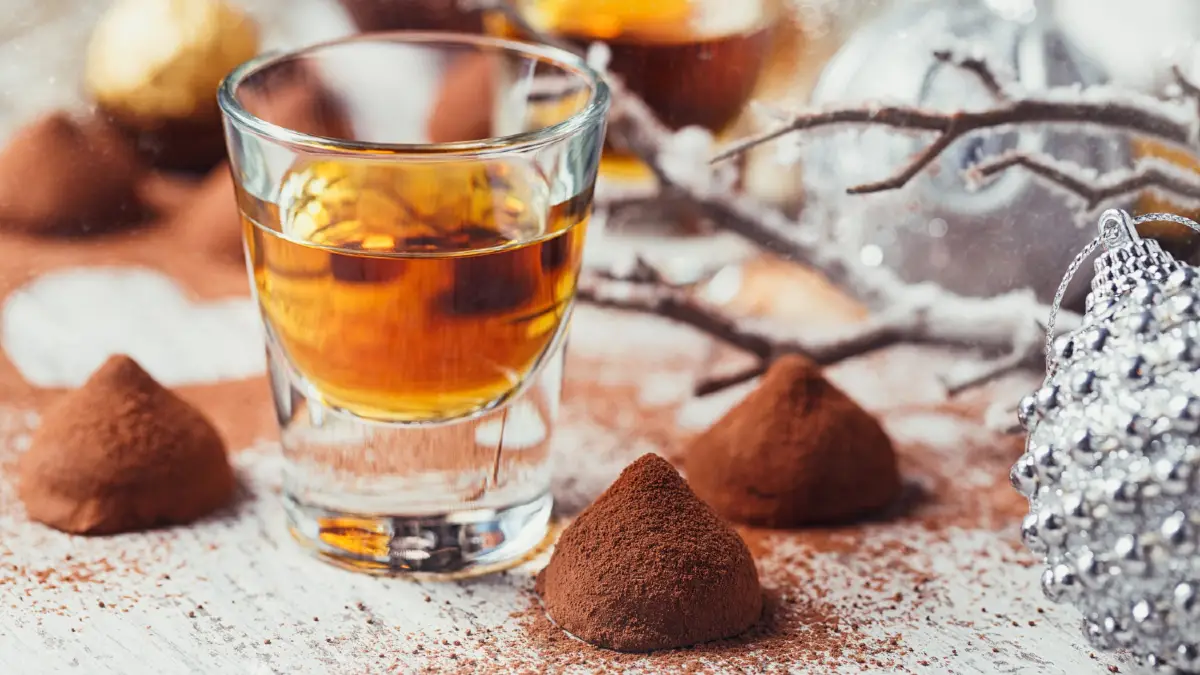
That flask of whiskey feels warm going down. Your skin flushes. You feel toasty. And that’s exactly when you’re in the most danger.
Alcohol doesn’t warm you up. It kills you faster in cold weather. Here’s what actually happens when you drink in freezing temperatures.
Alcohol forces your blood vessels to open wide – that’s called peripheral vasodilation. Warm blood rushes from your core to your skin. You feel warm because blood near your skin surface triggers heat sensors. But you’re not getting warmer. You’re cooling down three times faster than normal.
The Wilderness Medical Society’s 2024 guidelines couldn’t be clearer: avoid alcohol in cold conditions. Period. No exceptions. Dr. Graham Brant-Zawadzki from University of Utah Health explains that alcohol just clouds your pain receptors. You feel warm while your core temperature plummets.
The numbers are terrifying. Hypothermia kills 647 Americans every year. Alcohol shows up in most winter camping deaths. The Army Research Institute found that drunk people lose core heat 36% faster in cold weather. Your body temperature can drop 2-3 degrees without you noticing because the alcohol masks warning signs.
Think about what’s happening inside your body. Your liver works overtime processing alcohol instead of generating heat. You make bad decisions because you’re impaired. You might take off layers thinking you’re hot. You stop shivering – your body’s natural heating system. Meanwhile, your vital organs get colder and colder.
What to drink instead: Hot cocoa gives you real warmth plus calories for energy. Warm tea or coffee work great (skip the Irish coffee). Even warm water beats alcohol. These drinks actually raise your core temperature instead of faking it.
Professional wilderness guides see this mistake constantly. Someone has “just one drink” to warm up at camp. Three hours later, they’re hypothermic and confused. Some don’t make it through the night. That whiskey warmth isn’t worth your life.
3. The Snow-Eating Survival Myth That Causes Hypothermia
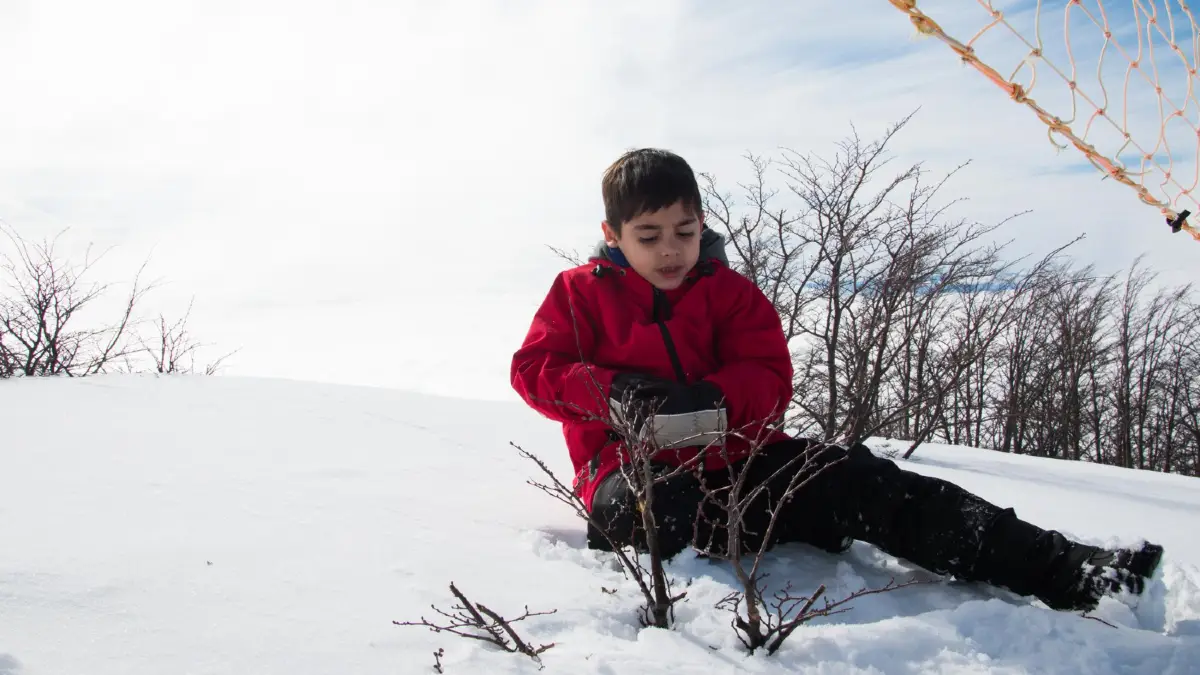
Lost in the snow and thirsty? Just eat some snow, right? Wrong. This survival “tip” could be your last mistake.
Eating snow doesn’t hydrate you. It dehydrates you while freezing you from the inside. Here’s the brutal math: you need to eat 8 to 10 quarts of snow to get one quart of water. That’s like eating two buckets of snow for one water bottle.
The U.S. Army’s official winter survival manual (TC 21-3) has three words about eating snow: “DO NOT eat.” Not “try to avoid” or “it’s not recommended.” They use all caps because soldiers have died ignoring this rule.
Your body burns massive calories melting snow in your stomach. Those are calories you desperately need to stay warm. Dr. Graham Brant-Zawadzki explains that Utah snow is mostly air. You’re basically eating frozen nothing while your body works overtime trying to melt it.
The temperature drop hits fast. Snow in your mouth and stomach pulls heat from your core. Your body temperature can drop two degrees in 30 minutes from eating snow. That’s the difference between cold and hypothermic. Military research shows melting snow internally burns 80 calories per quart – energy you can’t spare when you’re already cold.
What to do instead: Always melt snow before drinking. Use a stove, fire, or even body heat from a water bottle against your torso (not direct stomach contact). Put snow in a dark container in sunlight. Mix a little water with snow to speed melting. Ice melts faster than snow and gives more water.
Professional survival instructors see this mistake in every winter course. Students think they’re smart by “staying hydrated” with snow. Then they wonder why they’re shaking uncontrollably an hour later. Your body can’t afford the heat loss. Melt first, drink second. No exceptions.
NOLS wilderness medicine backs this up: eating snow is never worth the risk. The tiny amount of hydration doesn’t offset the dangerous cooling.
4. Why Your “0-Degree” Bag Might Fail at 20°F
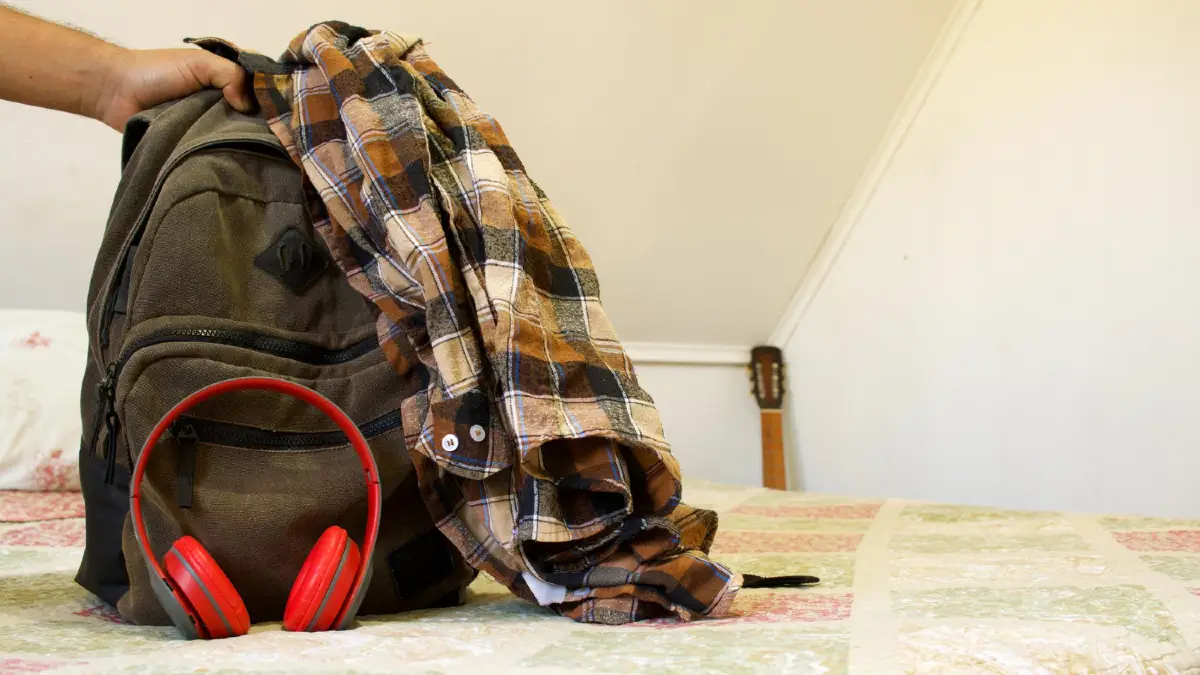
Your sleeping bag says 0°F on the tag. You trust it with your life at 10°F. Then you spend the worst night ever, shivering until dawn. The bag didn’t fail. The rating system did.
Dr. Elizabeth McCullough at Kansas State University tested identical sleeping bags at different labs. The results? A 20-degree difference in ratings. The same bag rated for 0°F at one facility tested at 20°F at another. That’s not a small error – that’s the difference between comfort and hypothermia.
Here’s the dirty secret: manufacturers shop around for the best ratings. The EN/ISO 23537 testing standard has massive holes. Each lab uses different heated mannequins. Some run hot, some cold. A bag gets tested until someone gives it a good number. Then that’s what goes on the tag.
The testing assumes perfect conditions that never exist in real life. No wind (there’s always wind). Perfect inflation (your bag compresses under you). Bone-dry conditions (moisture is everywhere outdoors). Standard metabolism (everyone runs different temperatures). Sea level pressure (mountains exist). The lab uses a mannequin wearing base layers on a thick pad inside a windproof tent. When did you last camp in laboratory conditions?
OutdoorGearLab admits they test for comparison between bags, not absolute temperature performance. They know the numbers don’t match reality. Consumer Reports doesn’t even test sleeping bags properly. You’re buying based on fantasy numbers.
How to actually choose winter gear: Assume your bag will fail 15-20 degrees above its rating in real conditions. A 0°F bag keeps an average person alive (not comfortable) around 15-20°F. Add 10 degrees if you sleep cold. Add another 10 for harsh conditions.
Therm-a-Rest tests their own gear because they know industry standards fail. They warn that their controlled testing still can’t predict real performance. Wind, humidity, your metabolism, what you ate, how tired you are – everything changes the equation.
Stop trusting temperature ratings. Start planning for ratings to be wrong. Your life depends on assuming your gear is weaker than advertised.
5. The Frostbite Treatment That Destroys Tissue
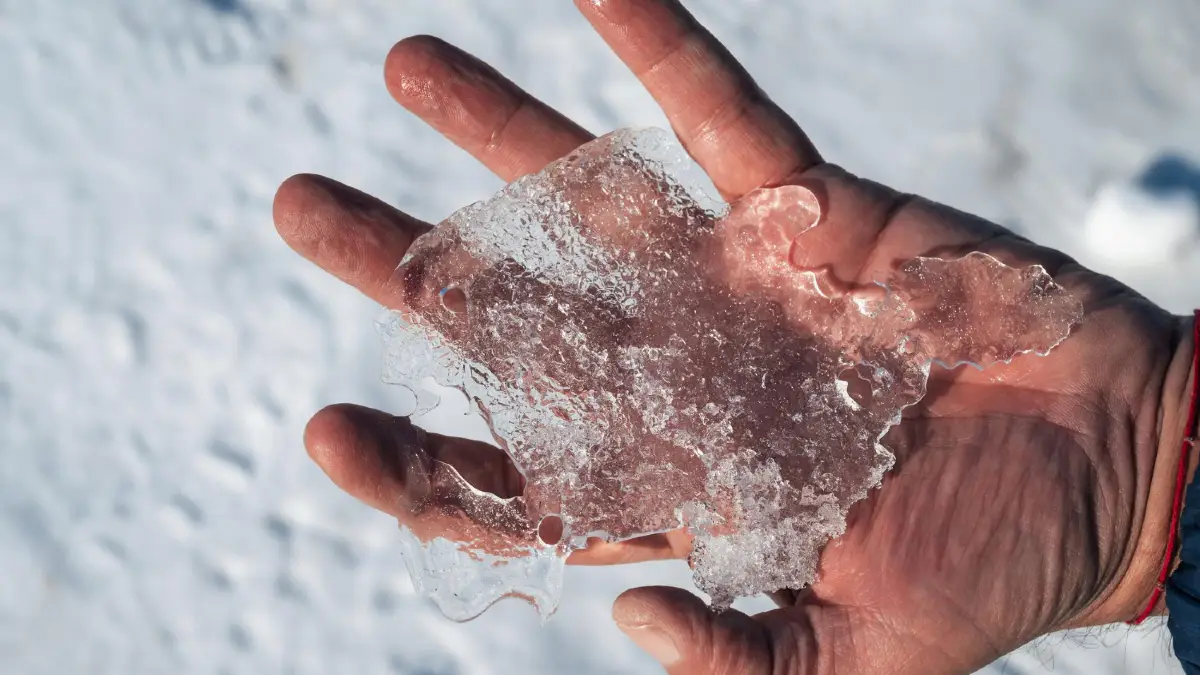
Your friend’s fingers are white and waxy. Frostbite. Your first instinct? Rub them to get blood flowing. Stop. You’re about to turn a minor injury into permanent damage.
Rubbing frostbitten skin is like taking a hammer to frozen pipes. You shatter everything. Ice crystals have already formed between your cells. When you rub, those crystals become tiny knives, slashing through tissue. What started as surface frostbite becomes deep tissue destruction.
The 2024 Wilderness Medical Society guidelines are crystal clear: never rub frostbitten areas. Not gently. Not with snow. Not at all. Dr. Scott McIntosh and his team found that rubbing can turn recoverable frostbite into amputation cases. Outbound FOLK wilderness guides put it bluntly: “Rubbing snow on frostbite will further lower the tissue temperature, exacerbating the damage.”
Here’s what rubbing actually does to frozen tissue. The ice crystals have already damaged cell walls. Rubbing breaks these weakened cells completely. Blood vessels rupture. Nerve endings die. The mechanical trauma adds to the freeze damage, doubling your injury. Recovery time jumps from weeks to months – if you recover at all.
The right way to treat frostbite: Rapid rewarming in 98-102°F water for 15-30 minutes. No rubbing, no massaging, just gentle immersion. Air dry after – don’t towel dry. New research shows thrombolytic therapy within 24 hours can save tissue that would’ve died. Iloprost treatment within 72 hours improves outcomes by 40%.
The guidelines changed in 2024. The danger zone moved from -15°C to 0°C (32°F). That’s right – frostbite risk starts at the freezing point, not way below it. Wind makes it worse. Wet conditions double your risk.
Most frostbite happens above 20°F because people think they’re safe. They’re not wearing proper gloves. They rub their cold hands together. Twenty minutes later, they’re in the emergency room. Some keep their fingers. Some don’t.
Professional wilderness medics see the rubbing mistake constantly. Well-meaning friends trying to help make injuries worse. Remember: warm gradually, never rub, get medical help fast.
6. Modern Winter Gear Weighs Less Than Your Summer Setup
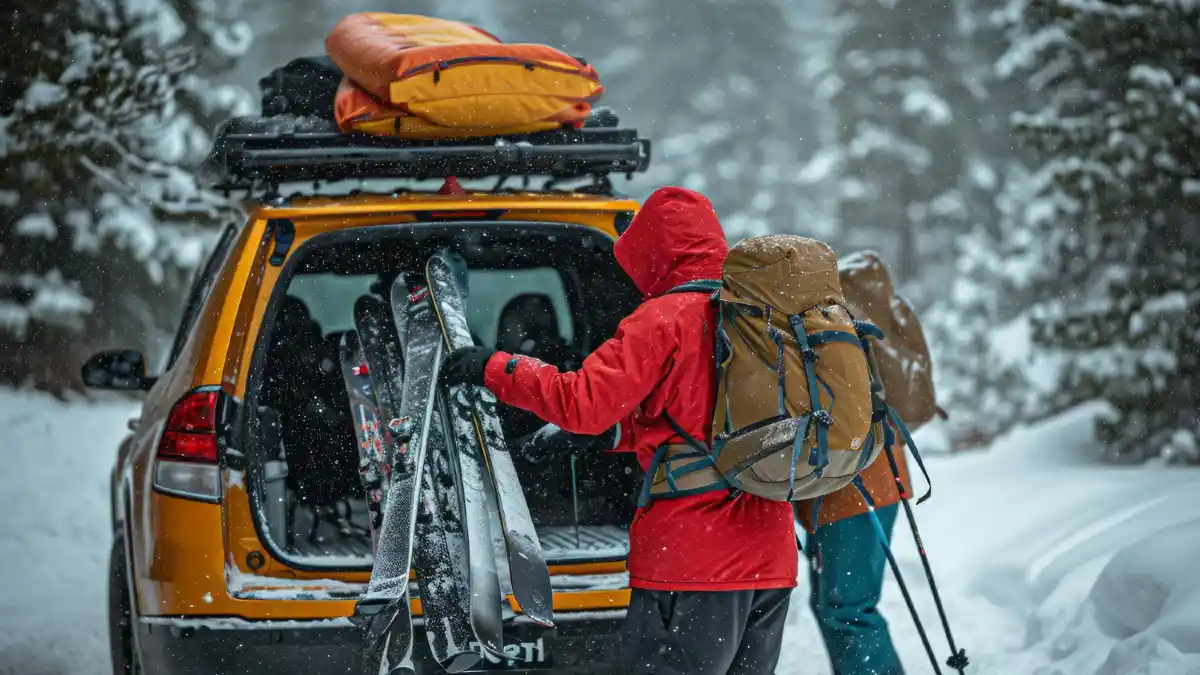
“Winter camping gear is too heavy.” This excuse made sense in 1990. Today? Your winter sleep system can weigh less than your summer tent.
Look at the numbers. The Therm-a-Rest Questar 0°F sleeping bag weighs 2 pounds, 11 ounces. That’s lighter than most summer synthetic bags from ten years ago. The NeoAir XTherm sleeping pad? Just 15 ounces with an R-value of 6.9. Your water bottle weighs more.
Sammy Spence from Therm-a-Rest laughs at this myth: “This probably used to be true, like way back when packs were big but winter sleep systems were bigger. Luckily for us, sleeping bags have evolved to be super compact without sacrificing warmth.” A winter bag that filled your whole pack in 2000 now takes up less space than your food bag.
The weight difference is shocking. A 1980s winter sleeping bag weighed 7-8 pounds. Today’s 0°F bags weigh under 3 pounds. That’s a 5-pound savings on one item. Old winter pads were 3-4 pounds of closed-cell foam. Modern insulated air pads cut that by 75%. Your entire winter sleep system now weighs what just the sleeping bag used to weigh.
Here’s what changed: Down processing got better – 900-fill power used to be fantasy, now it’s standard. Fabric technology created 10-denier materials that don’t rip when you look at them. Synthetic insulation became lighter and warmer. Titanium and carbon fiber replaced steel and aluminum.
Professional mountaineers prove this daily. They climb Denali with 35-pound packs including ropes and ice gear. American Mountain Guides Association certified guides carry full winter camping setups under 25 pounds base weight. These aren’t tough guys suffering – they’re smart about gear choices.
You know what actually makes winter packs heavy? Bringing summer gear plus winter extras instead of proper winter-specific equipment. A real winter setup weighs maybe 3-4 pounds more than summer gear. Skip the excuses. Modern winter gear won’t break your back or your budget.
7. The Canister Stove Myth Costing You Pounds of Weight

Your buddy insists canister stoves die in winter. So you haul a liquid fuel stove, pump, repair kit, and fuel bottle. You just added two pounds for nothing.
Canister stoves work fine down to 11°F. Not sort of work. Not barely function. They work. Backpacker Magazine tested dozens of stoves in 2024 and found consistent performance until 11°F. Below that, they slow down gradually. They don’t suddenly stop.
Here’s what actually happens in cold weather. Isobutane (the main fuel) struggles below 32°F. But modern canisters aren’t pure isobutane. They mix in propane – usually 20-25%. Propane works down to -44°F. This blend keeps your stove running when pure isobutane would fail.
The real trick? Flip your canister upside down. Many stoves now have inverted canister designs. When upside down, the stove draws liquid fuel instead of vapor. This works in temperatures where upright canisters fail completely. Same canister, same stove, totally different performance.
Weight comparison tells the whole story. A canister stove weighs 2-3 ounces. A lightweight liquid fuel stove weighs 10-16 ounces. Add pump, fuel bottle, and maintenance kit – you’re carrying an extra 1.5 to 2 pounds. For what? Unless you’re camping below 10°F for a week, you don’t need it.
Military protocols prefer liquid fuel stoves for Arctic operations below 0°F. That’s legitimate. But most winter camping happens between 15-32°F. Canister stoves handle this range easily with the right technique. Keep canisters warm in your sleeping bag overnight. Use a windscreen. Place the canister on an insulated surface, not snow.
Professional guides carry liquid fuel stoves for two reasons: extreme cold (below 10°F) or long trips where they need to melt snow for large groups. Solo winter campers and weekend warriors? Canister stoves work fine.
Stop carrying extra weight based on outdated advice. Test your canister stove in your actual conditions. You’ll find it works way better than the myths suggest. Save those two pounds for something useful, like extra food or a better sleeping pad.
8. When Exercise Makes Hypothermia Worse, Not Better
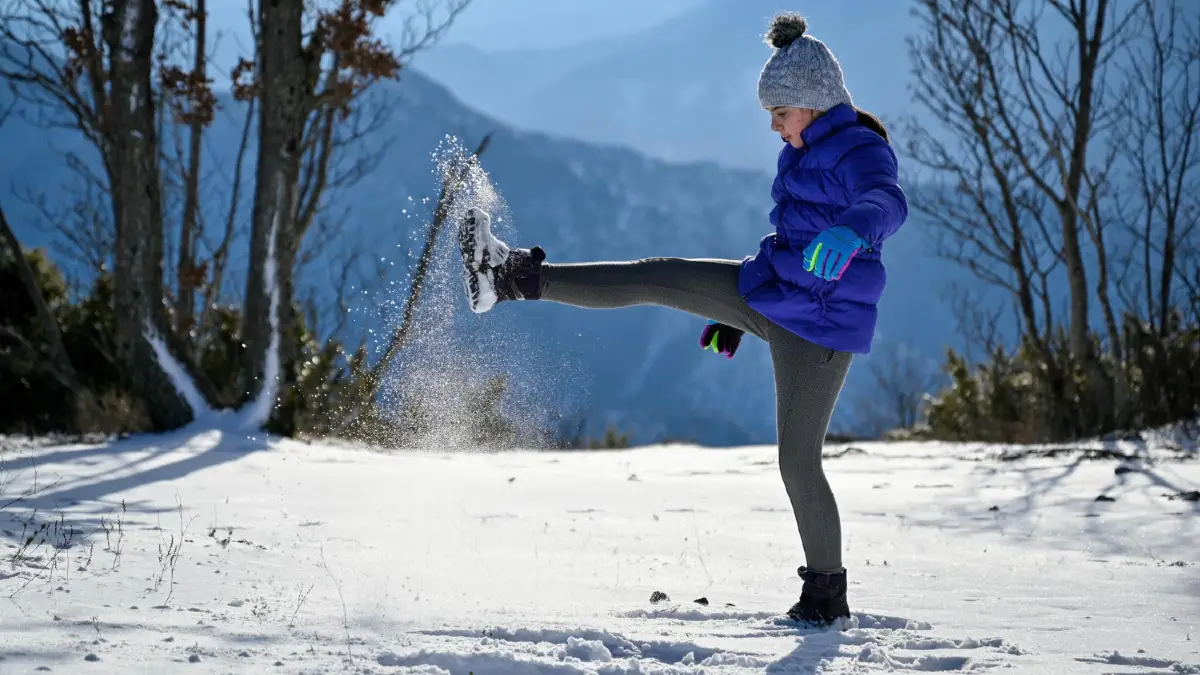
Your friend is shivering hard, confused, stumbling. You remember something about keeping hypothermia victims moving. “Do jumping jacks! Stay active!” You just signed their death warrant.
Exercise helps mild hypothermia. It kills people with moderate to severe hypothermia. The difference? Mild means they’re still shivering and alert. Moderate means confusion and loss of coordination. Severe means they’ve stopped shivering. Get this wrong and you’re making things worse.
Here’s what exercise does to a hypothermic body. First, it stops shivering. Tod Schimelpfenig from NOLS explains that shivering generates five times your resting heat production. When you exercise, shivering stops. You’ve just turned off your body’s furnace while thinking you’re helping.
Exercise burns your last energy reserves. A hypothermic person has maybe 30 minutes of glucose left. Exercise burns it in 10. Now they have no fuel for shivering or brain function. They crash hard and fast.
Sweating makes everything worse. Even light exercise causes perspiration. In cold conditions, sweat equals death. That moisture pulls heat from your core 25 times faster than dry skin. You’ve added evaporative cooling to an already cooling body.
What actually works: For mild hypothermia (still shivering), gentle movement to shelter is okay. For moderate to severe cases, stop all activity immediately. Create a hypothermia wrap with sleeping bags, vapor barriers, and heat packs. No rubbing, no exercise, no food until they’re rewarming.
NOLS research found that body-to-body warming doesn’t work like movies suggest. It might actually prevent shivering. Instead, use chemical heat packs on the chest, armpits, and groin. Wrap everything in plastic to trap heat. Monitor breathing. Get professional help.
The numbers are sobering. Moderate hypothermia victims who exercise have 60% worse outcomes than those who rest and rewarm properly. Shivering alone generates 100 watts of heat. Exercise generates 75 watts but costs 200 watts in energy expenditure. You’re going backward.
Professional wilderness medics see this mistake every winter. Well-meaning friends force hypothermic victims to “stay active” and “keep the blood flowing.” Hours later, they’re calling for emergency evacuation. Sometimes it’s too late.
9. You Need Less Water in Cold Weather
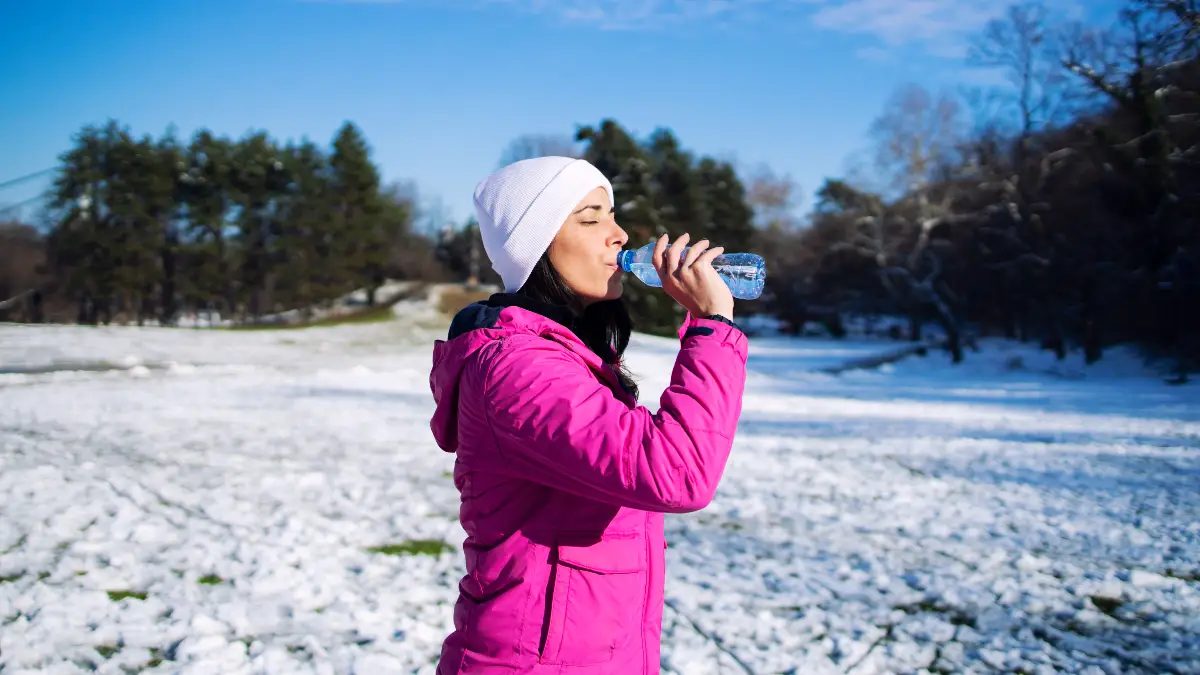
When it’s cold outside, you don’t feel as thirsty. This is a problem. Most people think they don’t need to drink as much water. They are wrong. You actually need more water in winter than you do in summer.
The average person needs about 3.5 quarts of water a day. In cold weather, you should drink even more. Your body loses a lot of water through breathing. When you can see your breath, you are losing moisture. The air is very dry, so your body works harder to warm it up. This also uses up your water.
Feeling thirsty is not a good sign. When you feel thirsty, you are already slightly dehydrated. Dehydration is a big risk in the cold. It makes your blood thicker. This makes it harder for your heart to pump blood to your hands and feet.
Poor circulation in your fingers and toes is a key cause of frostbite. Your body also loses the ability to stay warm when you don’t have enough water. This makes hypothermia a bigger danger.
The U.S. Army teaches soldiers to drink at least a quart of water for every 5 degrees of temperature drop below freezing. A simple way to check if you’re drinking enough is to look at your urine. It should be light yellow or clear. If it’s dark yellow, you need to drink more. Staying hydrated is a simple way to stay safe in cold weather.
10. Cotton Kills
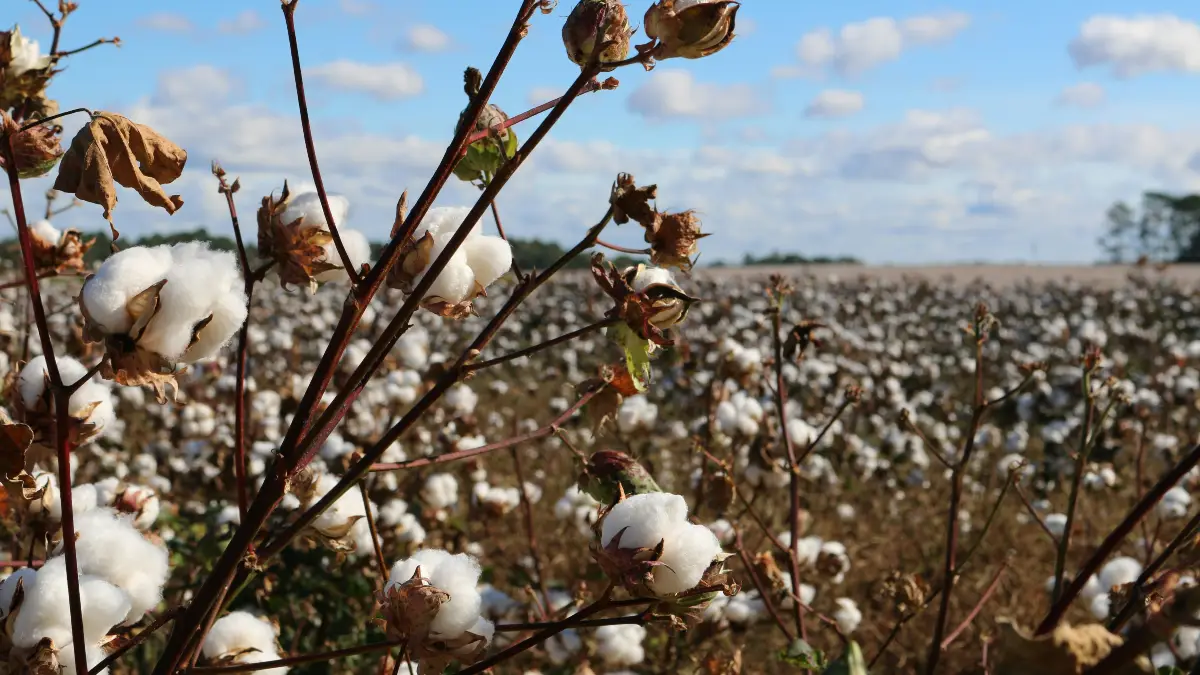
The saying “cotton kills” is famous in the outdoor world. It’s true that cotton holds water and can make you cold. This is why you should never wear a cotton t-shirt for your main layer in cold weather. But the rule isn’t as simple as it sounds. There are times when cotton is the right choice. One of those times is when you want to create a vapor barrier system.
A vapor barrier is a layer you wear next to your skin. It can be made of something as simple as a thin plastic bag or a special nylon fabric. It traps your sweat against your skin. This might sound bad, but it keeps your clothes from getting wet from the inside. Your sleeping bag and outer layers stay dry.
A vapor barrier system can make a cheap cotton layer work just fine as a mid-layer. It keeps the sweat from reaching the cotton.Some outdoor guides still use a system where they wear cotton layers. They know the pros and cons. They might use a cotton over-layer on a short trip. It’s cheap, and if it gets wet, it’s not the end of the world. The key is understanding how layering systems work.
For a serious, long trip in wet and cold weather, high-tech wool or synthetic layers are best. For a short, dry day hike, a simple cotton shirt might be just fine.
11.Winter Camping Damages the Environment More
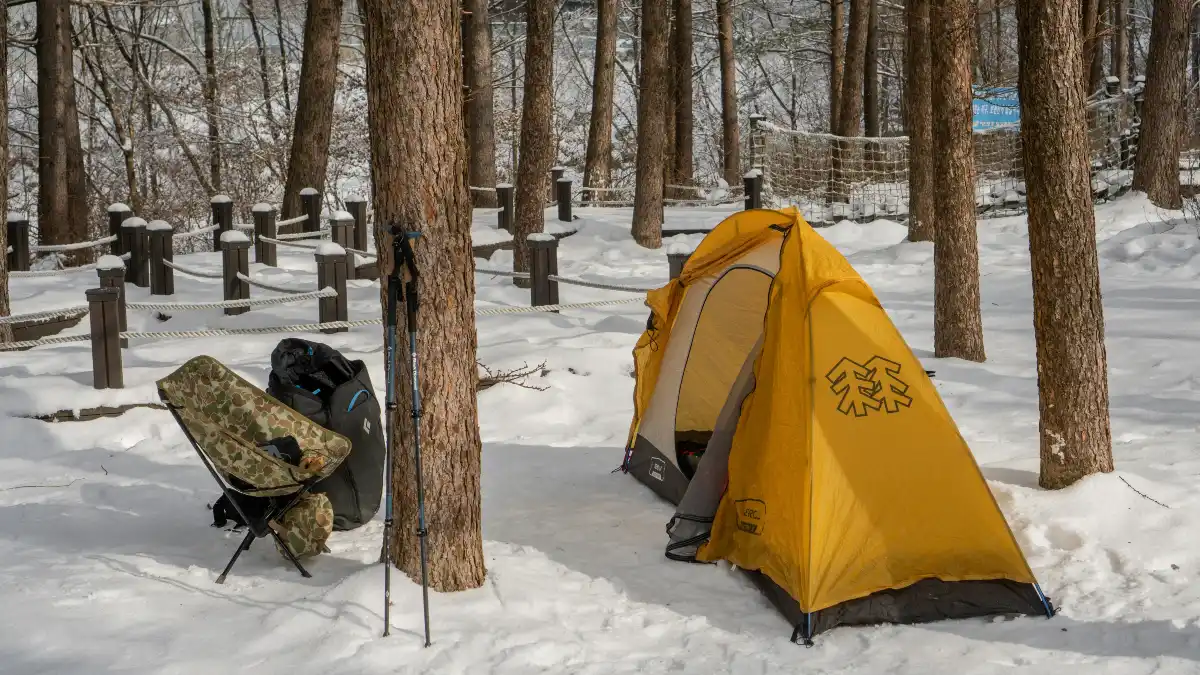
Many people think camping in the winter hurts the environment more. The opposite is actually true. Winter is the perfect season for Leave No Trace. This is a set of rules for protecting the outdoors.
In summer, you can easily trample plants and make a mess of the ground. The soil gets packed down, and it can take years for the plants to grow back.When you camp in the winter, the ground is frozen and covered in snow. You can set up your tent almost anywhere.
This is a big advantage. You can’t hurt the plants that are sleeping under the snow. There is no risk of making a path or damaging vegetation. You can camp on top of deep snow without leaving a trace. The National Park Service often recommends winter camping for this reason.
Winter camping also reduces the impact on wildlife. Most animals are not as active, and they are not raising their young. You are less likely to disturb them.
When you are done camping, the snow melts and there is nothing to show you were ever there. Your trip is truly gone with the wind. The environmental impact is much lower. If you want to camp without leaving a mark, winter is the best time to go.

